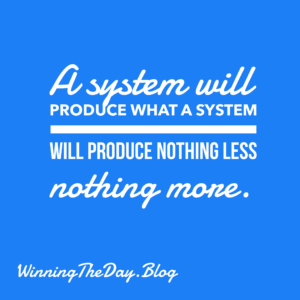In the competitive real estate sales environment, building strong client relationships is paramount. It’s not just about closing deals; it’s about becoming a trusted advisor. Here are five key steps to quickly build rapport and showcase the value of your professional real estate services.
1. Personalized Greeting and Genuine Interest:
First impressions matter. Ditch the generic greeting and show genuine interest from the start.
- Rapport: Use the client’s name and mention something specific you know about them (e.g., “I saw you were interested in properties with a large backyard,” or “I understand you’re relocating from out of state”). This demonstrates you’ve done your homework and value them as individuals.
- Value: Briefly acknowledge their needs and express your understanding. Example: “I understand finding the right home for your family is a top priority, and I’m here to make that process as smooth as possible.”
2. Ask Strategic Questions (Listen More Than You Talk):
Active listening is crucial. Focus on understanding their needs, motivations, and concerns.
- Rapport: Ask open-ended questions and listen empathetically. Don’t interrupt. Reflect back what they’ve said to confirm your understanding. Example: “So, if I understand correctly, you’re looking for a home in [area] with at least three bedrooms and a budget of around [price range]. Is that right?”
- Value: Strategic questioning demonstrates genuine care and allows you to tailor your services to their specific needs, showcasing your expertise.
3. Share Relevant Insights and Expertise:
Once you understand their needs, share valuable insights.
- Rapport: Offer relevant market data, neighborhood information, or advice on the buying/selling process. Avoid jargon and explain things clearly.
- Value: Providing valuable information upfront positions you as a trusted advisor and demonstrates your market knowledge, building credibility and trust. Example: “The market in [area] has been quite competitive lately, with homes selling quickly. However, I’ve noticed a recent trend of [mention a market trend], which could be an advantage for you.”
4. Offer Solutions and Demonstrate Your Unique Value Proposition:
Connect your expertise to their specific needs.
- Rapport: Offer tailored solutions based on their needs and explain how your services will help them achieve their goals. Focus on the benefits they’ll receive, not just the features of your services.
- Value: Clearly articulate your unique value proposition. What sets you apart? Do you have specialized knowledge, a proven track record, or a unique approach? Example: “I specialize in helping families relocate to the area. I can connect you with trusted local service providers, negotiate the best price for your home, and handle all the details so you can focus on your move.”
5. Follow Up and Stay in Touch:
Nurture the relationship even after the initial conversation.
- Rapport: Follow up promptly with a thank-you note, email, or call. Provide any promised information (market reports, listings).
- Value: Consistent follow-up reinforces your commitment and keeps you top-of-mind. Example: “It was a pleasure speaking with you today, [Client Name]. I’ve attached the market report we discussed and a few listings I think you might find interesting. Please don’t hesitate to reach out if you have any questions.”
By consistently following these five steps, you’ll build rapport, demonstrate your value, and establish yourself as a trusted real estate professional.
Remember, it’s about building relationships, not just closing deals. Focus on helping your clients achieve their dreams, and the rest will follow.





